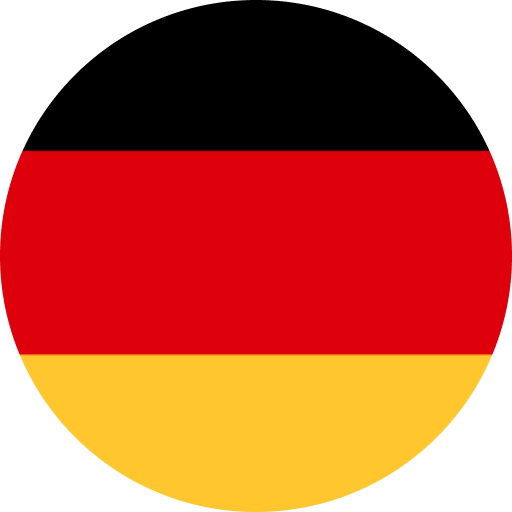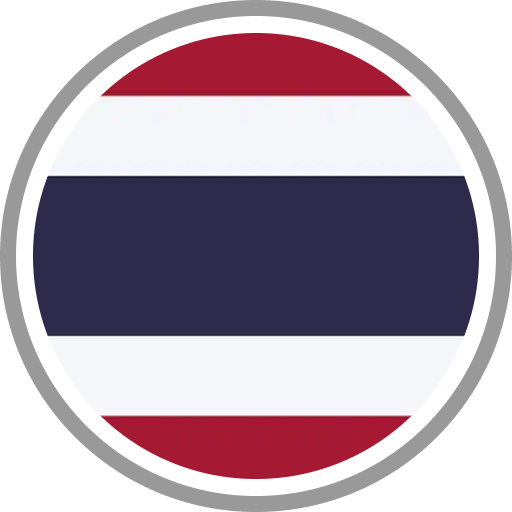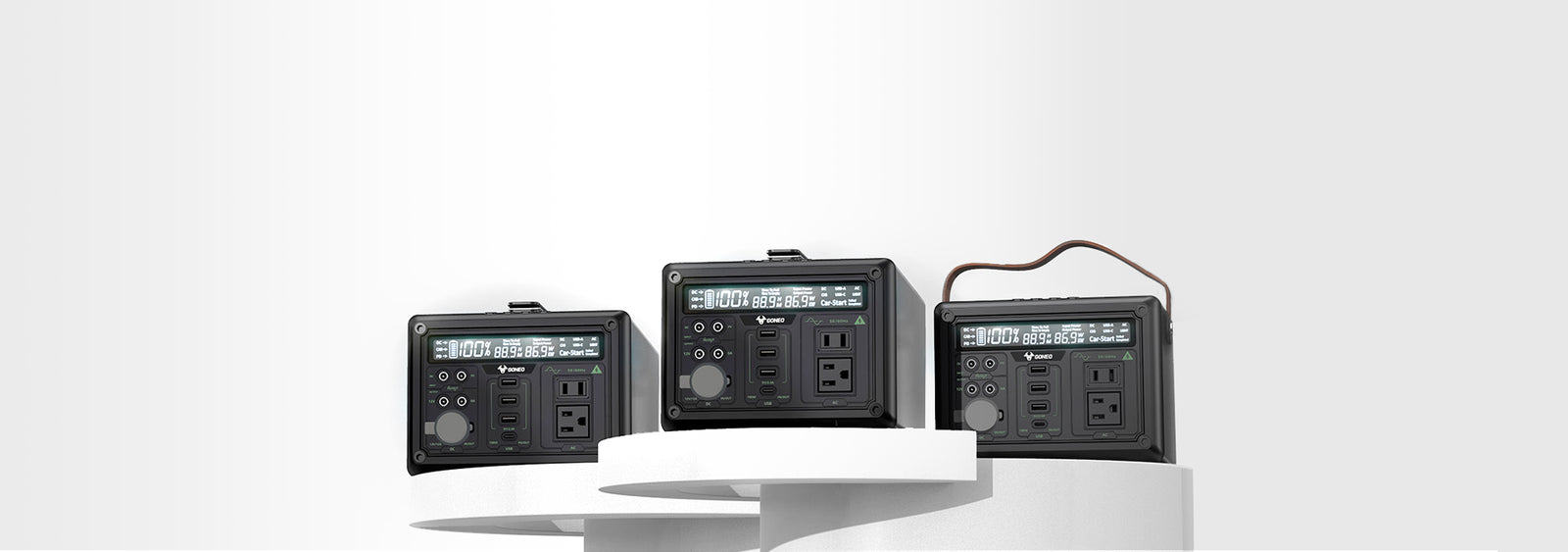Nowadays we can hardly live without electronics. Access to electricity has become a vital part of our everyday lives. We cannot imagine surviving without it—whether it be in the home, out in the backyard, camping or out in the wild. It’s no wonder there's been a rise in large power banks, those that power several electrical devices at a time, and powerful enough to store 2-3 days’ worth of portable electricity.
Today we are going to talk more specifically about large portable batteries. We have seen many different types available out on the market these days, sometimes too many to make any sense of or clearly differentiate. So how do we go about choosing the right one for ourselves or the specific occasion?
The power usage calculation associated with electricity may seem intimidating to most of us, but there is a simpler way. Let's start with understanding our needs, and some basic knowledge about electric power usage. There are 3 main factors to consider in searching for the right product: Capacity, Power, and Ports.
1. Capacity
This is easy to understand. It simply means how much electricity the battery holds. Usually referred to as Wh or Watt per hour, which will be explained later. This number helps you to know how long the battery can support your electronic devices. Let’s imagine electricity as water and the battery as the water bucket that holds the water. The bigger the capacity of the battery is, the bigger the water bucket.

2. Power
Now, what does the power of devices refer to? This is indicated as a number on every electronic device that ends with W, which means the amount of energy this device consumes.

Here are examples of the power indication on different electronic devices we use at home.
If we take electronic devices as a water pipe that drains water from the water bucket, then this number indicates how big the water pipe is. The bigger the number, the faster the water gets drained.

The capacity and power of the power banks are the main 2 factors that affect the length of time you can run the device. The water in the bucket gets drained faster if the water pipe is bigger or when you have a smaller bucket. When choosing portable power stations for your events, write down all the devices you need to power and how long you need to power these devices. For example, if you wish to power your speaker on a camping trip that lasts 2 days, then all you need to check is the power of your speaker which will give you the amount of power you need.
This equation allows you to estimate the size of the power station you need. For example, I want to use my hair dryer on a camping trip. The hair dryer has a power of 1000W, and I would need 15 minutes to dry my hair. So we take
1000W X 0.25 hour (15 minutes is 0.25 hour) = 250Wh
Take our portable battery as an example, we offer the silent series in 3 different capacities; 300Wh, 600Wh, and 1000Wh.
The 300Wh device will support a 15-minute use session but would not have much power left.
The 600Wh will support 2 full 15-minute use sessions, and would have 100Wh left.
Our 1000Wh will be able to support 3 use sessions, and still would have 250Wh power left.
This is the amount of energy you would need for these example sessions of use.
This equation works the same way for all other electronic devices.
Max Power Input & Output
This is another aspect we need to know about power stations or power banks. What do maximum input and output power mean? Let’s go back to our water bucket again. We can imagine power input as the tap that fills our bucket. We can control water flow by adjusting the tap, but there is a limit to the amount of water the tap is able to dispense. Your water flow can just be that much when you turn your tap all the way to the end, which is also the ultimate speed
you can fill your water bucket. This works similarly to your power bank—maximum power input means the maximum charging speed you can charge your power bank.

Now let’s look at the maximum output. If we think of power as the water pipe that connects to the water bucket, then maximum output resembles the connecting port on the water bucket that connects to the water pipe. You cannot fit a water pipe to the connecting port if the water pipe is bigger than the port. If the maximum output of the power station is 1000W, then you won’t be able to use your 1600W hair dryer with it. You can use devices that have lower power than the max output power.

We hope this helps explain some of the basic ideas behind power usage calculation when selecting your electrical products and devices. Please feel free to leave us a note if you have anything you would like to discuss further on power stations, or other topics you would like us to share.









